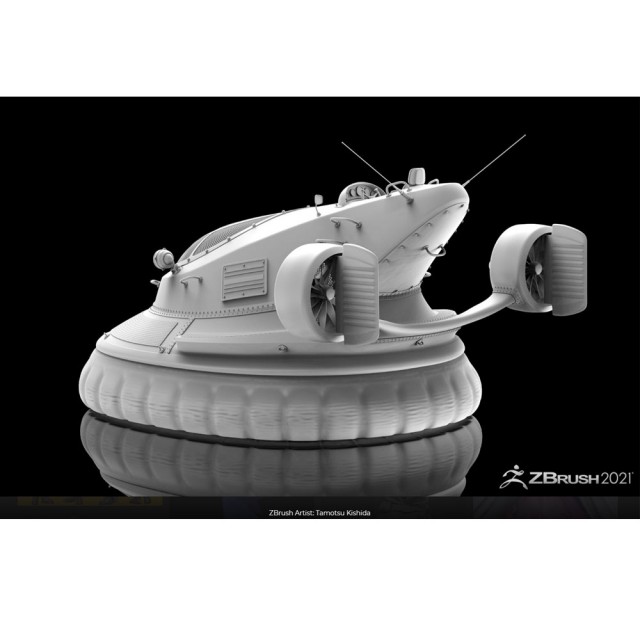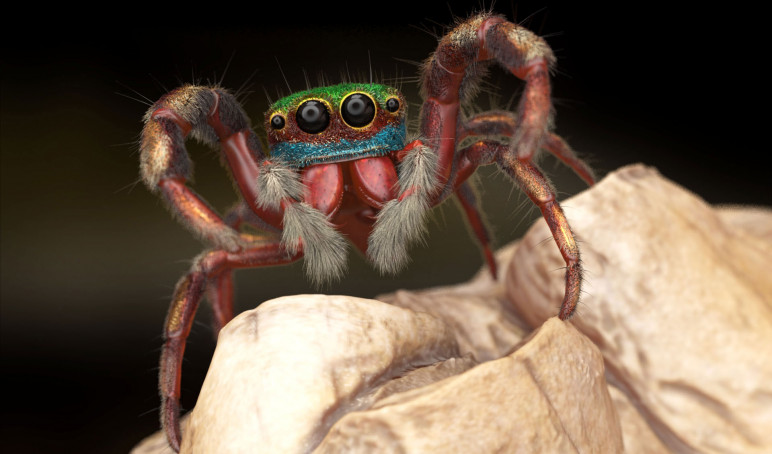

You can keep sculpting and press Control + Alt + R to remesh again using QuadriFlow. Experiment with different settings and values until you’re satisfied with the result. QuadriFlow can be activated via the Object Data Properties tab ➔ Remesh rollout ➔ Quad button.

ZRemesher allows you to auto-retopologize a mesh with a more sophisticated result than a voxel remesher can.īlender doesn’t natively come with a tool that is on par with ZRemesher, but it offers an alternative to the Voxel Remesher called QuadriFlow, which can yield quite nice quad-retopology results that take the mesh curvature into account. One of the most-praised star features of ZBrush is ZRemesher. Once you’re satisfied with the Remesh settings, you can continue sculpting and press Control + R to remesh again using the same settings.

To avoid this, uncheck Preserve Volume and remesh using a slightly lower Voxel Size value to maintain detail. The Voxel Size determines the resulting polygon detail, Fix Poles generates a slightly neater quadrangular topology, and Preserve Volume avoids details being smoothed out, although this can cause polygon artifacts in areas with sharp edges or crevices.

In Sculpt Mode, click on Remesh and adjust the settings. This is a very useful feature that helps you avoid stretching of polygons as you keep sculpting new volume.īlender offers the Voxel Remesh tool as a Dynamesh alternative. ZBrush Dynamesh is mostly used in the concept stage of sculpting.ĭynamesh allows you to automatically remesh your sculpture using a voxel-based volume that’s projected as a 3D grid of polygons onto your mesh. ZBrush vs Blender: what are some other differences?.ZBrush Decimation Master vs Blender Decimate modifier.ZBrush brushes vs Blender's Sculpt Mode brushes.ZBrush Dynamesh vs Blender Voxel Remesh.


 0 kommentar(er)
0 kommentar(er)
